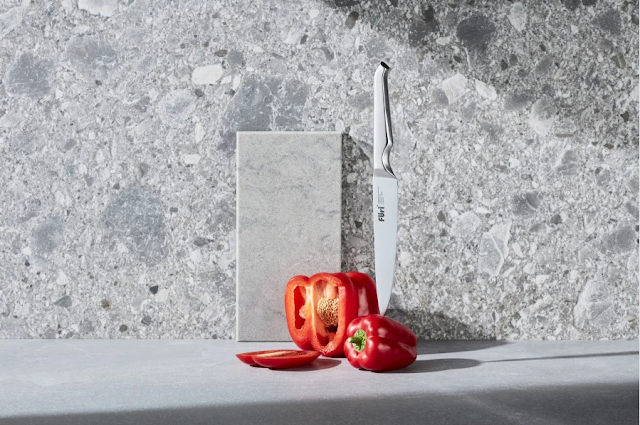Mastering the Art of Cooking with a Deep Frying Pan
In the realm of kitchen essentials, few tools hold as much culinary potential as the trusty deep frying pan. This versatile kitchen staple is not only a must-have for creating crispy delights like golden french fries and perfectly fried chicken, but it also opens the door to a world of cooking possibilities. Whether you're a seasoned chef or just beginning your culinary journey, the deep frying pan is an invaluable addition to your arsenal. In this blog, we'll dive deep into the world of deep frying pans, exploring their features, tips for use, and some delicious recipes that will have you sizzling in the kitchen.
The Anatomy of a Deep Frying Pan:
A deep frying pan, often referred to as a deep skillet or sauté pan, is a kitchen utensil with high, sloping sides and a flat bottom. It typically comes with a lid and may vary in size and material. The most common materials for deep frying pans are stainless steel, cast iron, non-stick coated, and copper. Each material has its own advantages, so choose one that suits your cooking style and preferences.
Features to Look for:
- Size: Deep frying pans come in various sizes, ranging from small ones for individual portions to larger ones for family meals. Choose a size that suits your cooking needs.
- Material: As mentioned earlier, different materials offer different benefits. Stainless steel is durable and resistant to staining, while cast iron provides excellent heat retention and distribution.
- Non-Stick Coating: Many modern deep frying pans feature a non-stick coating, which makes cooking and cleaning a breeze. Just be sure to use non-metal utensils to avoid damaging the coating.
- Lid: A deep frying pan with a well-fitting lid allows for versatile cooking methods, such as braising and simmering.
- Handles: Look for ergonomic and heat-resistant handles for easy maneuvering on the stovetop.
Tips for Using Your Deep Frying Pan:
- Preheat Properly: Before adding any ingredients, preheat your deep frying pan over medium to medium-high heat. This ensures even cooking and minimizes sticking.
- Oil Temperature: Use a thermometer to monitor the oil temperature for frying. The ideal frying temperature varies depending on what you're cooking, but it generally falls between 350°F (175°C) and 375°F (190°C).
- Don't Overcrowd: When frying, avoid overcrowding the pan, as it can cause the temperature to drop and lead to soggy results. Fry in batches if necessary.
- Use a Splatter Guard: Deep frying can get messy, so consider using a splatter guard to keep your stovetop clean.
- Safety First: Be cautious when working with hot oil. Never leave the pan unattended, and keep a fire extinguisher within reach, just in case.
Delicious Recipes for Your Deep Frying Pan:
- Crispy Chicken Tenders: Dip chicken strips in a seasoned flour mixture, then egg wash, and finally breadcrumbs. Fry until golden brown and serve with your favorite dipping sauces.
- Homemade Potato Chips: Thinly slice potatoes, soak them in cold water, and pat dry. Fry until crispy and season with salt or your favorite seasoning blend.
- Vegetable Tempura: Dip your favorite vegetables in a light tempura batter and fry until golden and crisp. Serve with a soy-based dipping sauce.
- Pan-Fried Fish: Coat fish fillets in flour or breadcrumbs and pan-fry in a deep frying pan until they're flaky and delicious. Serve with lemon wedges and tartar sauce.
A deep frying pan is more than just a vessel for frying; it's a gateway to culinary creativity. With the right techniques and recipes, you can unlock a world of flavors and textures that will delight your taste buds and impress your friends and family. So, whether you're a novice in the kitchen or a seasoned pro, don't underestimate the power of the deep frying pan to elevate your cooking game. Happy frying!




Comments
Post a Comment